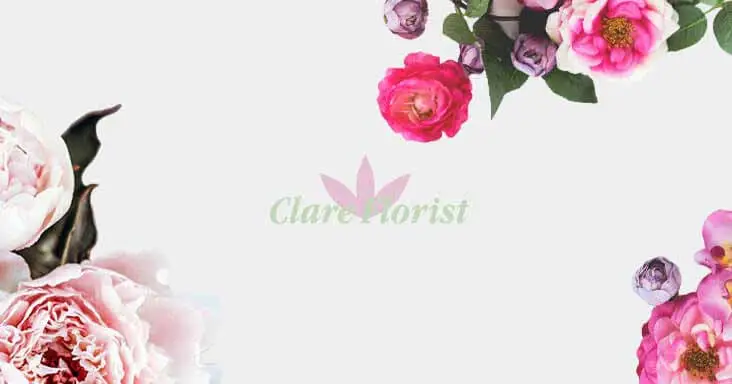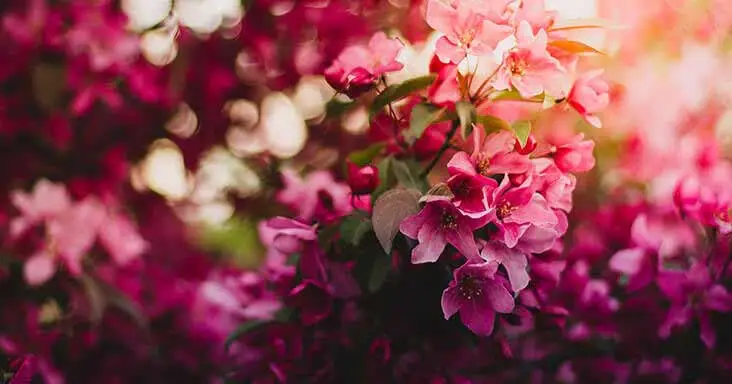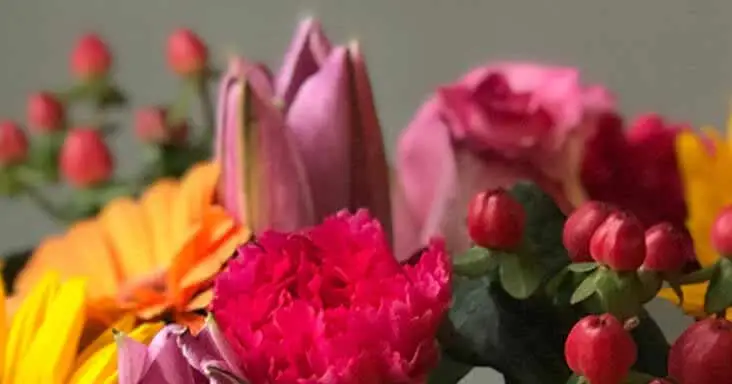The Telegraph has published an interesting article explaining the, uh, perennial appeal of flower art.
As the article, written by Francine Raymond, puts it; 'It is extraordinary, in this age of photography, that botanical art continues to flourish, especially as the destruction of species and habitats adds an urgency to plant identification.'
However -- as the frequent appearances of amazing flower-related artworks on this very blog will testify -- flower art does continue to flourish (and indeed grow, bloom, and any other flower-related adjectives you can call to mind...). But why is this? What makes our relationship with depictions of petals and stamens run so deep that even now, in a post-cyberpunk age, artists find themselves called to the subject matter of flowers?
Though Raymond maintains that floral art had a 'golden period' from 1750 to 1850, but it is clear that the lineage of these masters - such as Da Vinci and Linnaeus - continues today. After all, what Raymond calls the 'ephemeral beauty of plants' hasn't changed. And nor, it seems, have our tastes -- at least not altogether.



